La parola africana “safari” significa “viaggio”. Dunque qualsiasi tipo di viaggio va bene per il vostro safari. Non pensate che un safari consista solo nell’andare in jeep per grandi pianure alla ricerca di leoni ed elefanti. L’Africa è molto più di questo, e in particolare il Kenya può offrire anche spiagge oceaniche, isole, ambienti naturali marini di rara bellezza … come il Parco Nazionale Marino di Kisite-Mpunguti. Il nome deriva da due isole al largo delle coste del Kenya, quasi al confine con la Tanzania. La natura selvaggia di queste terre, gli incredibili fondali sottomarini rendono il luogo unico. Un safari qui significa esplorare l’oceano … ed esserne entusiasti!
Conosciamo il Parco Marino di Kisite-Mpunguti
Quando il progetto del Parco Nazionale di Kisite divenne realtà, nel 1973, il Kenya decise di fermare la pesca intorno alle coste dell’isola. Questo fece scoppiare disordini tra il governo e i pescatori locali che sfociarono in veri scontri quando anche la riserva marina di Mpunguti fu aggiunta al parco nazionale, nel 1978. Ci vollero anni per trovare un accordo tra tutte le parti. Per questo la nascita effettiva del Parco Nazionale Marino di Kisite-Mpunguti fu lunga e complicata e solo dopo gli anni Ottanta del secolo scorso è divenuta una attrattiva turistica.
Il territorio comprende oggi sia l’isola di Kisite sia l’isola di Mpunguti, i loro fondali marini e una piccola parte della sponda continentale dove ha sede l’Ente Parco. Il compromesso tra la gente del posto e il governo consente ai pescatori di continuare a pescare al largo di Mpunguti, ma solo se utilizzano metodi di pesca tradizionali. A Kisite è invece vietata qualsiasi attività. Il territorio complessivo del Parco si estende per 39 kmq, la maggior parte dei quali sull’isola di Mpunguti.
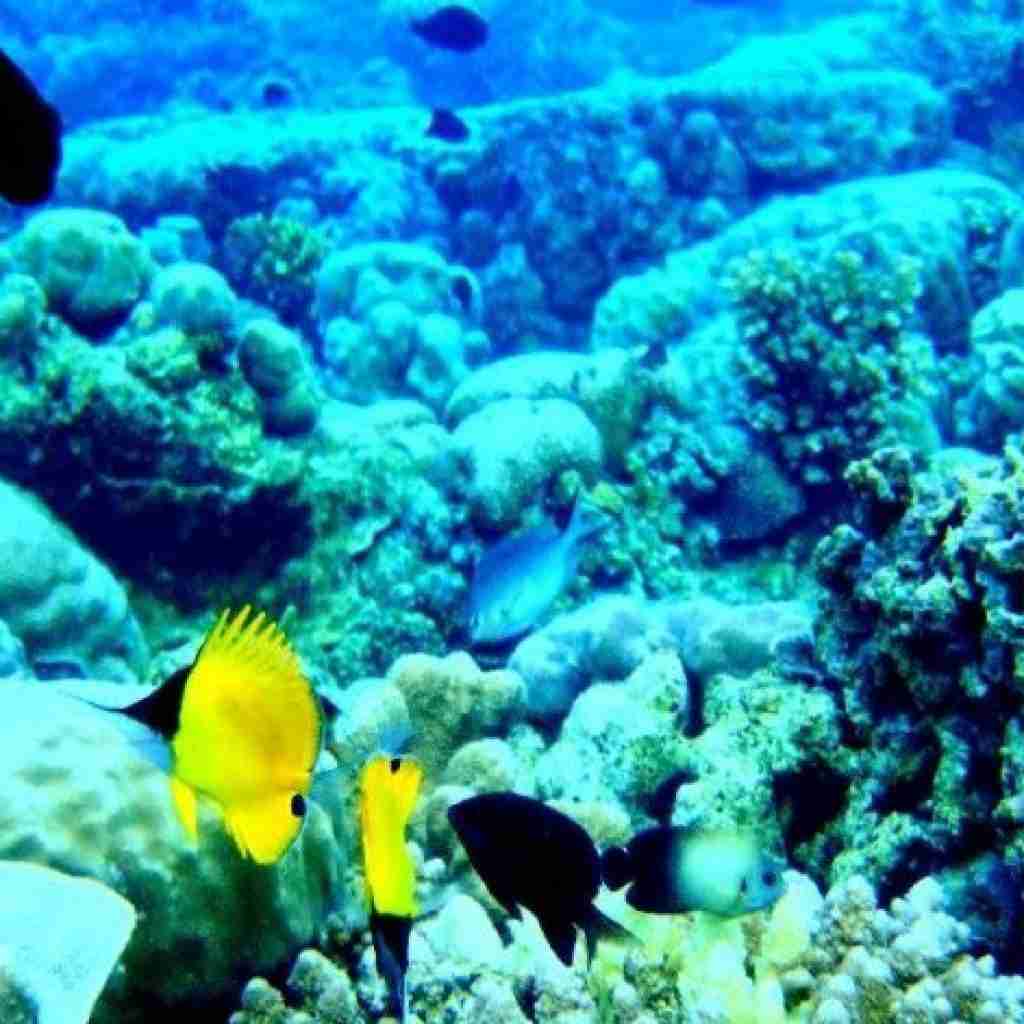
Cosa vedere al Parco Nazionale Marino di Kisite-Mpunguti
Il mare tra le isole di Kisite e di Mpunguti è il paradiso dei delfini che spesso si divertono a nuotare non lontano dalle rive. Un safari sul mare, per andare ad osservare i delfini, è già una grande emozione. Ma non sarà l’unica che vivrete in questo parco. Se vi immergerete ed epslorerete i fondali, ammirerete i bellissimi coralli e le piante marine tropicali tipiche di questo arcipelago. Naturalmente nuoterete con specie di pesci di barriera dai mille colori, e anche con le tartarughe. Potreste essere così fortunati da incontrare perfino le balene!
Ammirate soprattutto il meraviglioso Dugongo, una specie in via di estinzione che potrebbe scomparire in pochi anni. Se camminerete sulle spiagge delle due isole potrete vedere i delfini o le tartarughe anche da molto vicino. Queste sono le isole del Coconut Crab, il “granchio noce di cocco”, più grande granchio di terra del pianeta! Vive solo sull’isola di Mpunguti. Sulle rive del Parco Nazionale di Kisite-Mpunguti si possono ammirare anche tanti uccelli marini.
Cosa fare al parco nazionale marino
Ci si può divertire a fare birdwatching con tante specie di uccelli marini: Sterna Dougali e Sterna Fuscata sono le più interessanti. Per gli amanti delle immersioni, alcune guide locali propongono anche “safari subacquei” o gite in barca intorno alla riserva marina per trovare il posto migliore dove incontrare gli animali.
Se siete turisti pigri, che mirano solo a godere di un ambiente naturale diverso, potrete prendere il sole sulle spiagge delle isole, o passeggiare tra la loro vegetazione incontrando persone interessanti. Godetevi una gita in barca da un’isola all’altra, con possibilità di fare il bagno e di scattare splendide foto. Srutture turistiche e tour operator si trovano per lo più a Shimoni, la città di riferimento sulla sponda continentale.
Come arrivare
Il Parco Marino è lontano da Nairobi, quindi se state programmando il vostro safari laggiù è meglio arrivare e rimanere a Mombasa (90 km dal parco). Da Mombasa, prendere la strada principale per la città di Shimoni. Tutte le barche per le isole e il Parco Marino partono dal porto e dalle spiagge di Shimoni.
TRADUZIONE DEL TESTO a cura di Grazia Musumeci
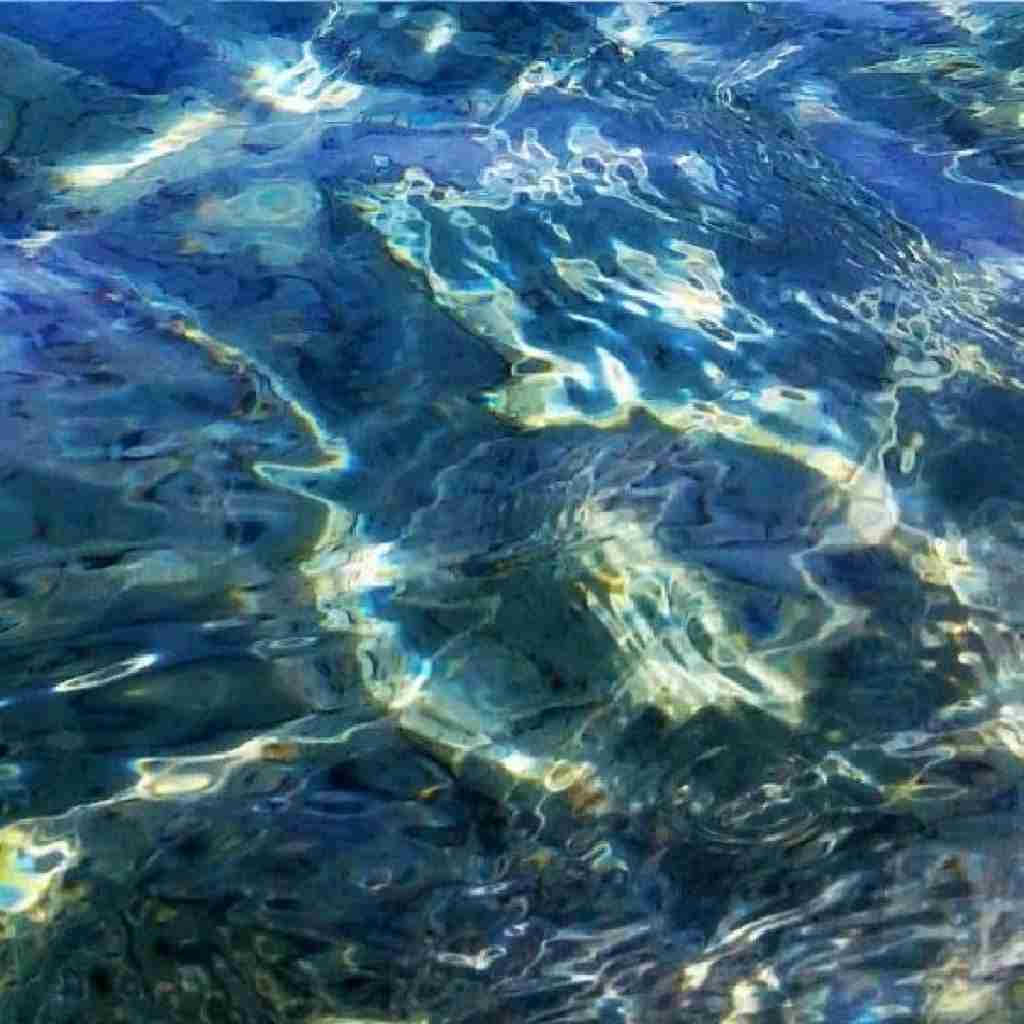


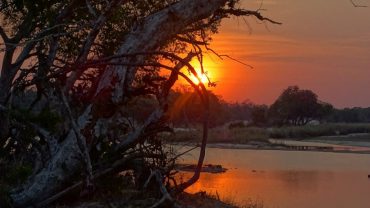
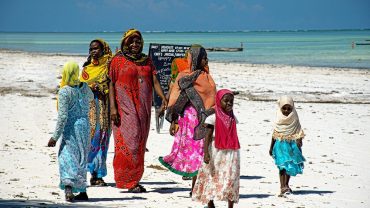
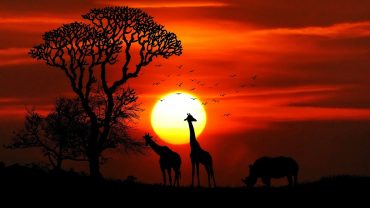
Comment (0)